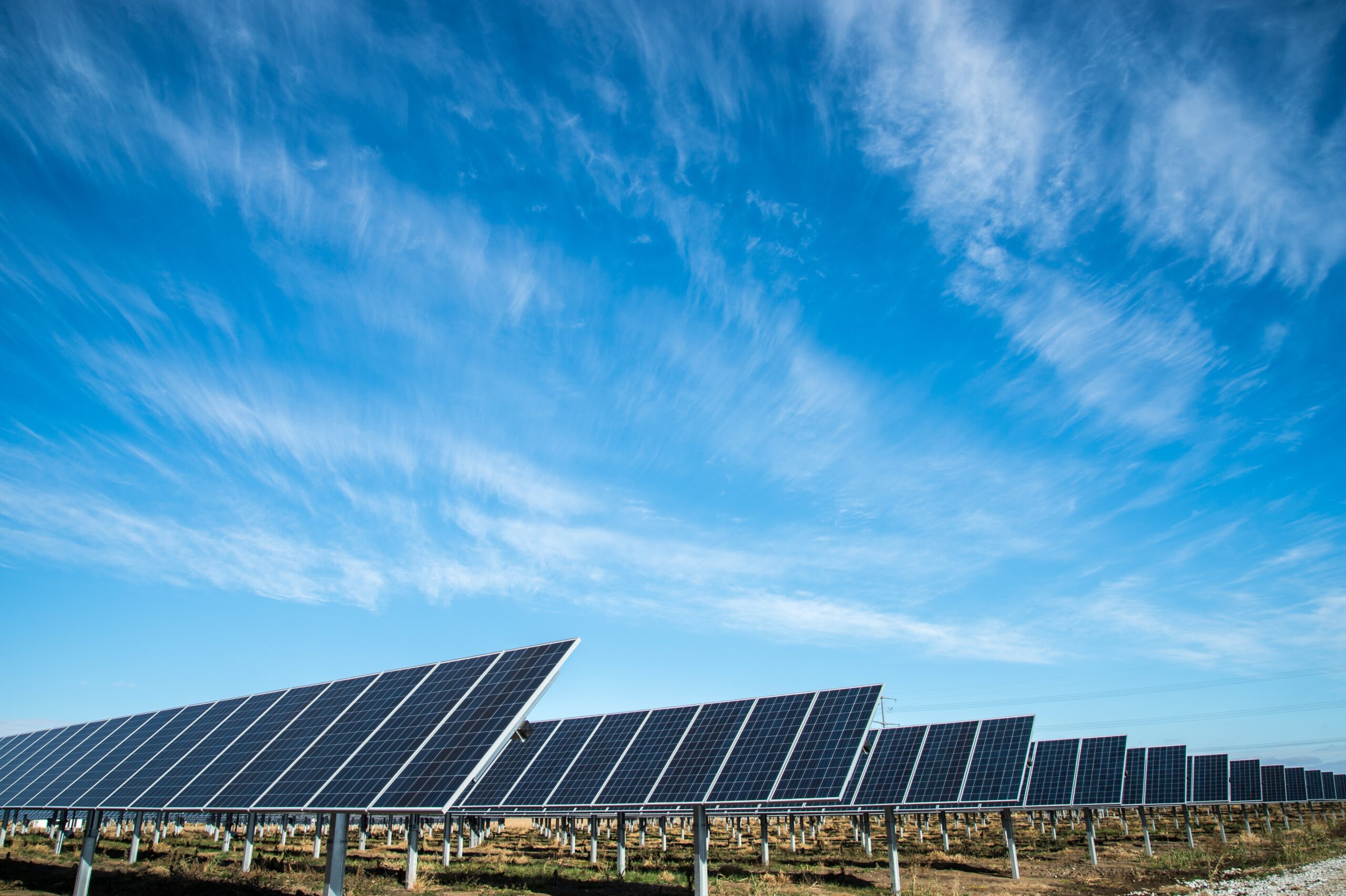Evaluating The Total Cost Of Ownership For EV Charger Installation
October 23, 2023 | by Jacob Kang

If you’re considering installing an EV charger, it’s essential to evaluate the total cost of ownership to make an informed decision. This article will provide you with all the necessary information you need in a friendly and conversational manner. From understanding the different components of the total cost of ownership to exploring the benefits and potential challenges, we’ll cover it all. So sit back, relax, and let’s delve into the world of EV charger installation together.
Factors to Consider
When it comes to installing an electric vehicle (EV) charger, there are several factors to consider. These factors can help you determine the most suitable charger type, installation location, power capacity, and charging speed for your specific needs. By evaluating these factors carefully, you can make an informed decision that suits your requirements and budget.
Charger Type
The first factor to consider is the charger type. There are three main types of EV chargers: Level 1 chargers, Level 2 chargers, and DC Fast chargers. Each type has its own characteristics and is suited for different situations.
Level 1 Chargers
Level 1 chargers, also known as trickle chargers, are the most basic type of EV charger. They typically operate on a standard 120-volt household outlet and provide a charging rate of around 2-5 miles of range per hour of charging. Level 1 chargers are often included with the purchase of an electric vehicle.
Level 2 Chargers
Level 2 chargers offer a faster charging rate compared to Level 1 chargers. These chargers require a dedicated 240-volt circuit, similar to what an electric dryer or stove would use. Level 2 chargers can provide a charging rate of around 10-60 miles of range per hour, depending on the charger’s power output and the vehicle’s capabilities.
DC Fast Chargers
DC Fast chargers, also known as Level 3 chargers, are the fastest type of EV chargers available. These chargers utilize direct current (DC) power and can charge an electric vehicle to 80% capacity in as little as 20-30 minutes. DC Fast chargers are commonly found along major highways and in commercial areas, enabling long-distance travel and quick charging stops.

Installation Location
Another important factor to consider is the installation location of your EV charger. The location will depend on whether you plan to install the charger at a residential property, a commercial establishment, or in a public space.
Residential Installation
For Residential installations, there are a few considerations to keep in mind. One of the key factors is the availability of a suitable electrical circuit. Level 1 chargers can typically be plugged into a standard 120-volt outlet, while Level 2 chargers require a dedicated 240-volt circuit. It is essential to have a licensed electrician assess the electrical capacity of your home and ensure it can support the intended charger.
Permitting and electrical work may also be required for residential installations. Local building codes and regulations may dictate the specifications for charger installations, and permits may need to be obtained. Additionally, electrical work such as installing a new circuit or upgrading your electrical panel may be necessary, which can add to the overall installation cost.
Commercial Installation
For commercial installations, there are additional considerations to take into account. In addition to assessing the electrical capacity and obtaining permits, commercial installations may require more robust charger systems to meet the demands of multiple EVs charging simultaneously. It is crucial to determine the anticipated charging needs and select chargers that can handle the required power capacity.
Public Spaces Installation
Installing EV chargers in public spaces, such as parking lots or shopping centers, also requires careful planning. Factors such as the number of charging stations, their locations, and the expected usage patterns need to be considered. Public space installations may also require coordination with local authorities and utilities to ensure compliance with regulations and access to the necessary power infrastructure.

Power Capacity
Determining the power capacity for your EV charger is another vital factor to consider. The power capacity will dictate the charging speed and the number of vehicles that can charge simultaneously.
For Level 1 chargers, the power capacity is typically limited by the electrical circuit they are connected to. However, for Level 2 and DC Fast chargers, it is essential to assess the electrical capacity of your installation location to ensure it can support the desired charging rate.
Higher power capacity chargers can provide faster charging times but may also require additional electrical upgrades, resulting in increased installation costs. It is important to strike a balance between the desired charging speed and the available power capacity to avoid unnecessary expenses.

Charging Speed
The charging speed is closely related to the charger type and power capacity. Level 1 chargers offer the slowest charging speed, while DC Fast chargers provide the fastest charging times.
The charging speed is measured in miles of range per hour, indicating how many miles of driving range an electric vehicle can gain in one hour of charging. This is an essential consideration, especially for those who require frequent long-distance travel or have limited charging time available.
It is worth noting that charging speed may vary depending on the specific electric vehicle model and its charging capabilities. Some EVs can accept higher charging rates, while others may be limited by their onboard charging equipment.

Conclusion
When evaluating the total cost of ownership for EV charger installation, it is crucial to consider several factors. Understanding the different charger types, assessing the installation location, determining the power capacity, and considering the charging speed can help you make an informed decision.
Level 1 chargers offer convenience but have limited charging speed. Level 2 chargers provide faster charging times but require dedicated electrical circuits. DC Fast chargers offer the fastest charging speed but are typically found in commercial and public spaces.
Residential, commercial, and public space installations have their own considerations regarding permitting, electrical work, and cost estimates. It is important to consult with professionals and conduct proper assessments to ensure a successful and cost-effective installation.
By carefully evaluating these factors and making informed decisions, you can install an EV charger that meets your needs while minimizing the total cost of ownership. Happy charging!

RELATED POSTS
View all


